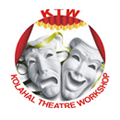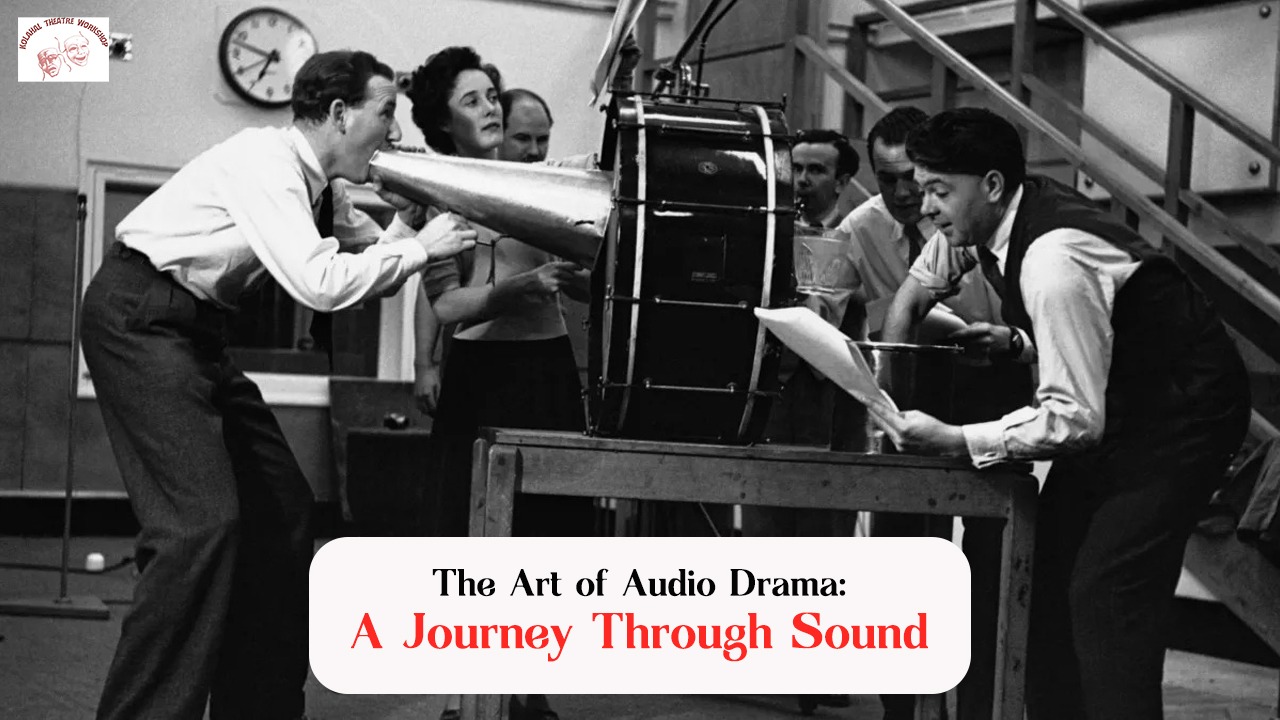The Evolution of Proscenium Theatre: A Journey Through Time
Introduction:
Proscenium theatre, with its archetypal frame and frontal staging, has long been a cornerstone of theatrical tradition. Its history is a rich tapestry woven through centuries of artistic evolution, cultural shifts, and technological advancements. From its humble origins in ancient Greece to its prominence on modern stages worldwide, the story of proscenium theatre is one of innovation, adaptation, and enduring appeal.
Talkin About The Ancient Origins:
The roots of proscenium theatre can be traced back to ancient Greece, where theatrical performances held significant cultural and religious importance. The earliest Greek theatres, such as the Theatre of Dionysus in Athens, featured a semi-circular orchestra where actors performed, backed by a skene—a wooden structure serving as a backdrop and dressing area. While lacking a distinct proscenium arch, these early theatres established the foundational elements of stagecraft and audience-performer dynamics that would later define proscenium theatre.
Revival During Renaissance:
Following centuries of dormancy after the fall of the Roman Empire, the Renaissance witnessed a resurgence of interest in classical arts and architecture. Italian Renaissance architects revived the proscenium arch as a central feature of their theatre designs, aiming to enhance the visual spectacle and frame the action on stage. The Teatro Olimpico in Vicenza, designed by Andrea Palladio and completed in 1585, stands as a masterpiece of Renaissance theatre architecture, with its elaborate proscenium arch and tiered seating arrangement setting a new standard for theatrical grandeur.
Baroque Splendor:
The Baroque era ushered in an era of opulence and extravagance in the arts, and theatre design was no exception. Proscenium arches became increasingly elaborate, adorned with intricate carvings, gilding, and painted scenery. The introduction of perspective scenery, pioneered by Italian stage designer Giacomo Torelli in the 17th century, allowed for seamless transitions between different stage settings, further enhancing the illusion of depth and dimension.
The Age Of Enlightenment:
With the dawn of the Enlightenment came a shift towards realism and rationality in theatrical presentation. Proscenium theatres evolved to accommodate the burgeoning demand for naturalistic performances, with architects favoring simple, unadorned arches that emphasized clarity of sightlines and acoustics. The advent of gas lighting in the early 19th century revolutionized stage illumination, enabling theatres to achieve greater control over mood and atmosphere.
Modern Innovations:
The 20th century witnessed a myriad of innovations in proscenium theatre design, driven by advancements in technology, social change, and artistic experimentation. The introduction of electric lighting, followed by the development of sophisticated sound systems and automation technologies, transformed the theatrical landscape, allowing for ever more ambitious productions and immersive experiences. Meanwhile, avant-garde theatre practitioners pushed the boundaries of traditional proscenium staging, experimenting with unconventional seating arrangements, multimedia integration, and interactive performance techniques.
Conclusion:
Proscenium theatre has endured for millennia as a testament to the enduring power of live performance to captivate, inspire, and provoke. From its origins in ancient Greece to its present-day manifestations in theatres around the world, the evolution of the proscenium arch reflects the dynamic interplay between tradition and innovation, form and function, spectacle and substance. As we look to the future, it is certain that proscenium theatre will continue to evolve and adapt, remaining a vital and vibrant medium for storytelling and artistic expression.




